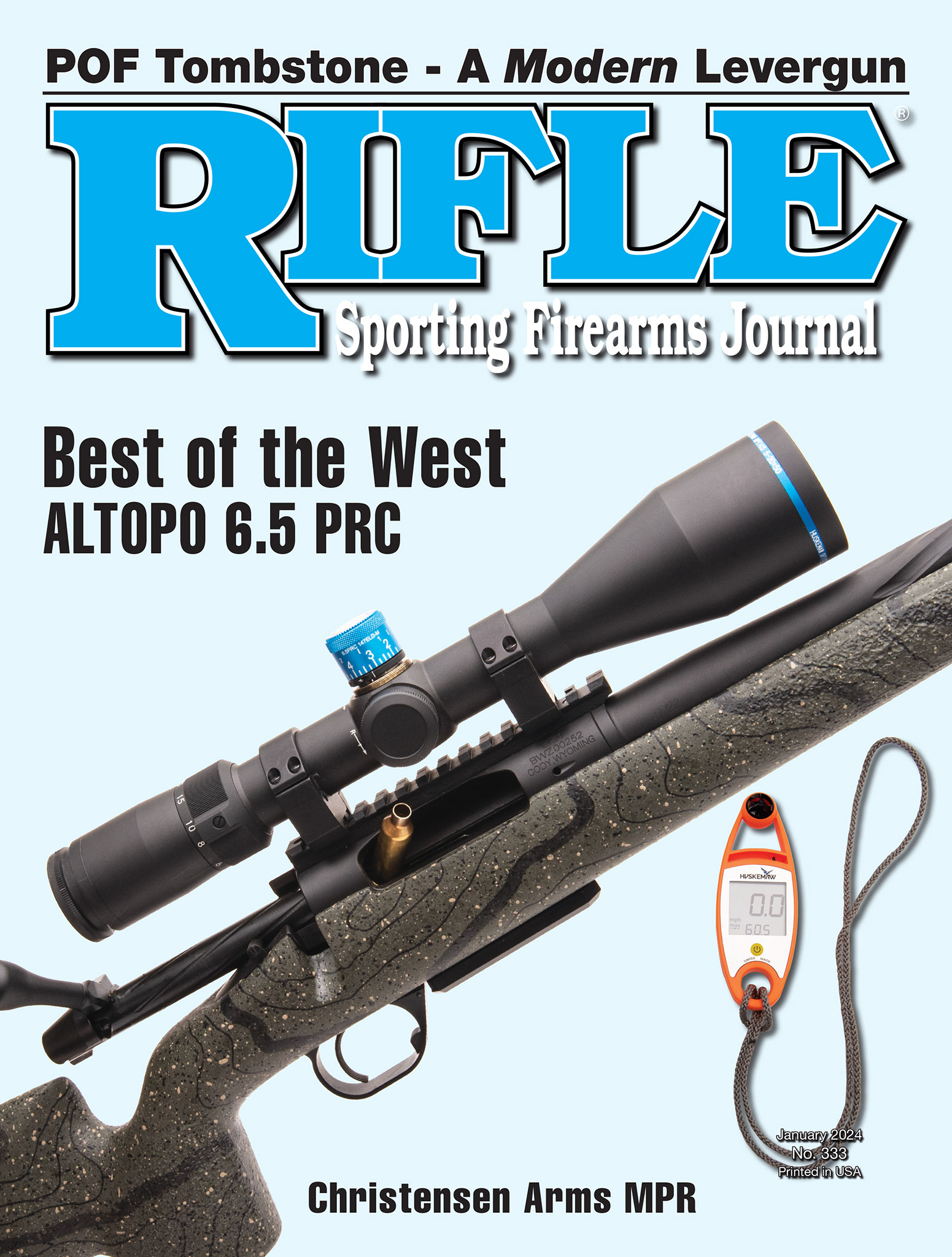Early Autoloading Sporters
351 and 401 WLS
feature By: Mike Venturino - Photos by Yvonne Venturino | January, 24
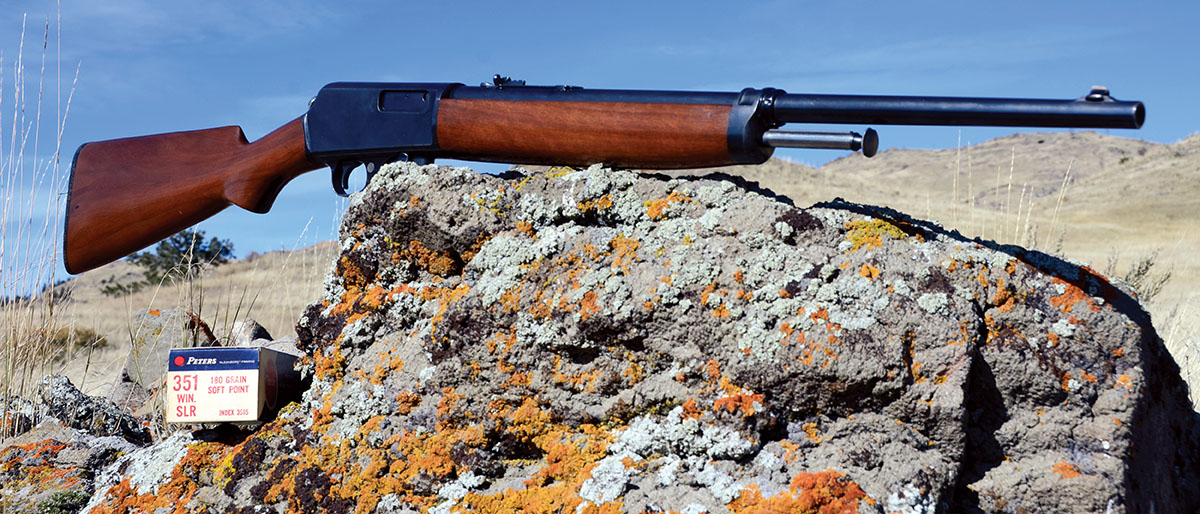
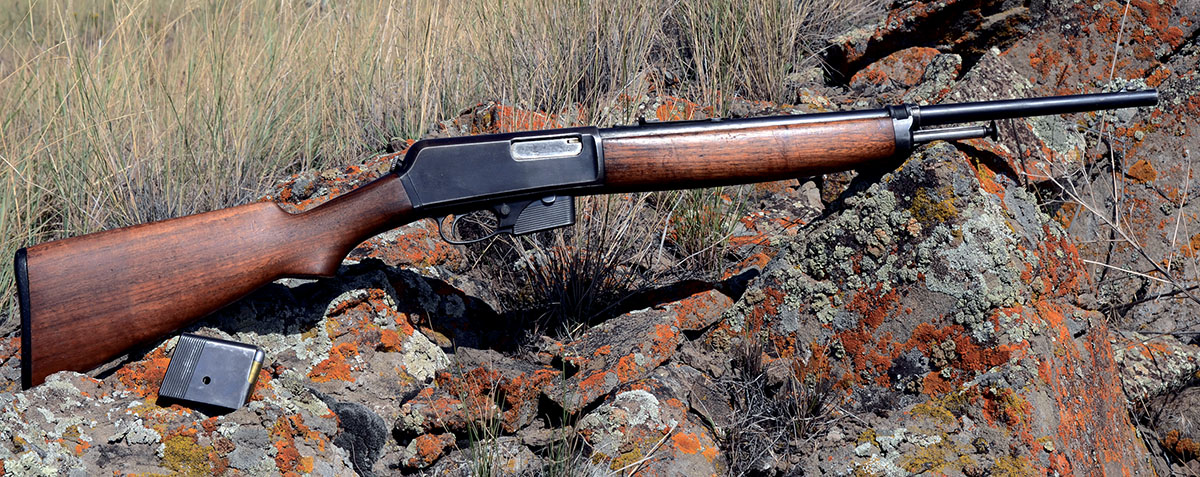
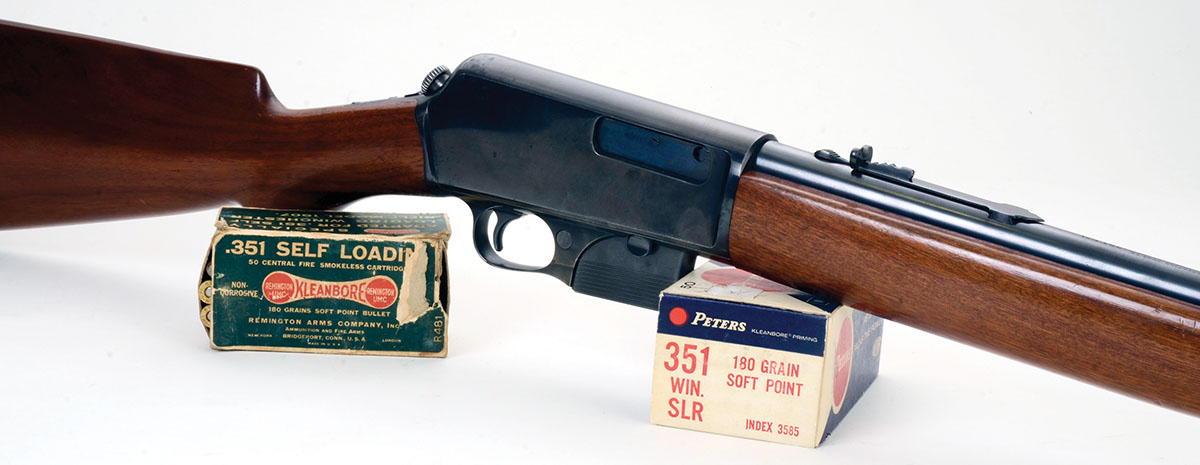
Therefore, Winchester put one of their designers named Thomas C. Johnson to work developing its first semiauto rifle. It was named Model 1903 and was a 22 rimfire, first using a brand-new cartridge named “22 Winchester Automatic,” firing a 45-grain inside lubricated bullet at about 1,055 feet per second (fps). (Note that the 22 Winchester Automatic was in no way interchangeable with other 22 rimfires.) Model 1903s continued in production until 1932. In 1933, a “new” Model 63 was introduced and chambered for the regular 22 Long Rifle. Between the two models, about 300,000 of these little 22s were made before the Model 63 was discontinued in 1958.
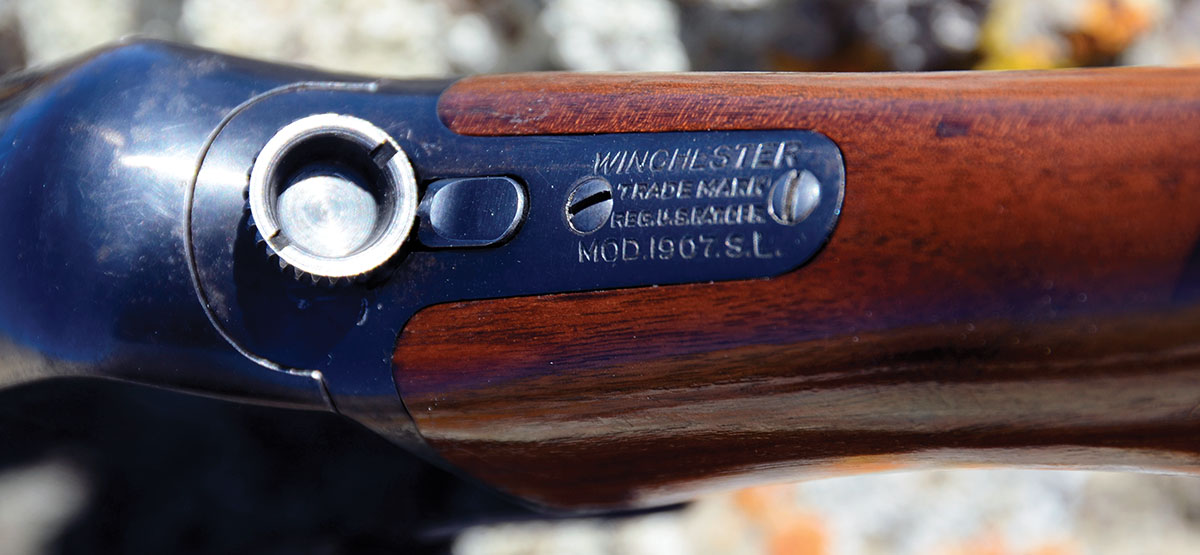
Johnson didn’t stop at 22 rimfires. By 1905, he had refined his design for centerfires. These were chambered for new cartridges by Winchester named 32 and 35 Self-Loading (32WSL and 35 WSL). The former’s factory load held 165-grain bullets rated at 1,390 fps and the latter version used 180-grain bullets at about the same nominal speed. Cases for both rounds were straight, semi-rimmed but 1.28 inches long for the 32 and only 1.14 inches for the 35. (Take note of that latter one as it is even shorter than the 38 Special.) It was interesting to learn that a variety of bullet weights and velocities were not possible with these early semiauto rounds. Their rifles, being of blowback design had to have their breechblock weights mated to the recoil of each caliber. Otherwise, functioning would suffer.
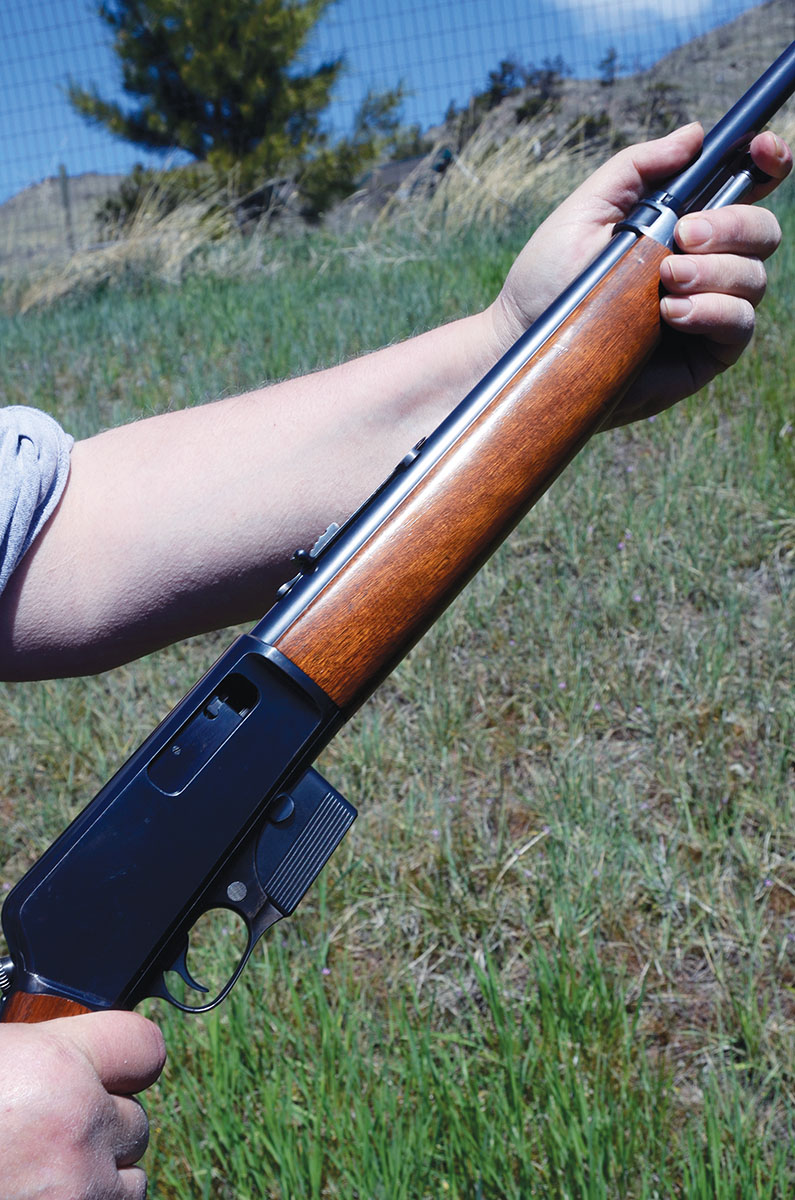
Following along rather quickly was the Model 1907 in its unique 351 WSL chambering. The basic Model 1905 rifle was beefed up to accommodate the same 180-grain bullets as used in 35 WSL, but now with a nominal muzzle velocity of 1,850 fps. In one way, the Model 1907’s timing was fortuitous, because World War I broke out in 1914. Although Winchester did not envision the Model 1907 as a military weapon, France was desperate for arms and bought thousands of Model 1907s and produced ammunition for them. Initially, they were issued to pilots and aerial observers but with the advent of aircraft mounted with machine guns Model 1907s possibly went to ground units for use in trench raids. The French even went so far as to rig some of them with bayonets.
In this country, Model 1907s went to the sporting rifle market although for a short time in the 1930s, a “Police” model was advertised. In essence, it was simply the sporter version fitted with swivels for a leather sling. Now get this; for the police versions, Winchester offered a bayonet with a 16-inch blade and clamps with which to mount them to Model 1907 barrels. (I can’t help but wonder what the outcry would be today upon seeing law enforcement officers packing bayoneted rifles.) Production of the Model 1907 ended in 1957 with slightly more than 58,000 made.
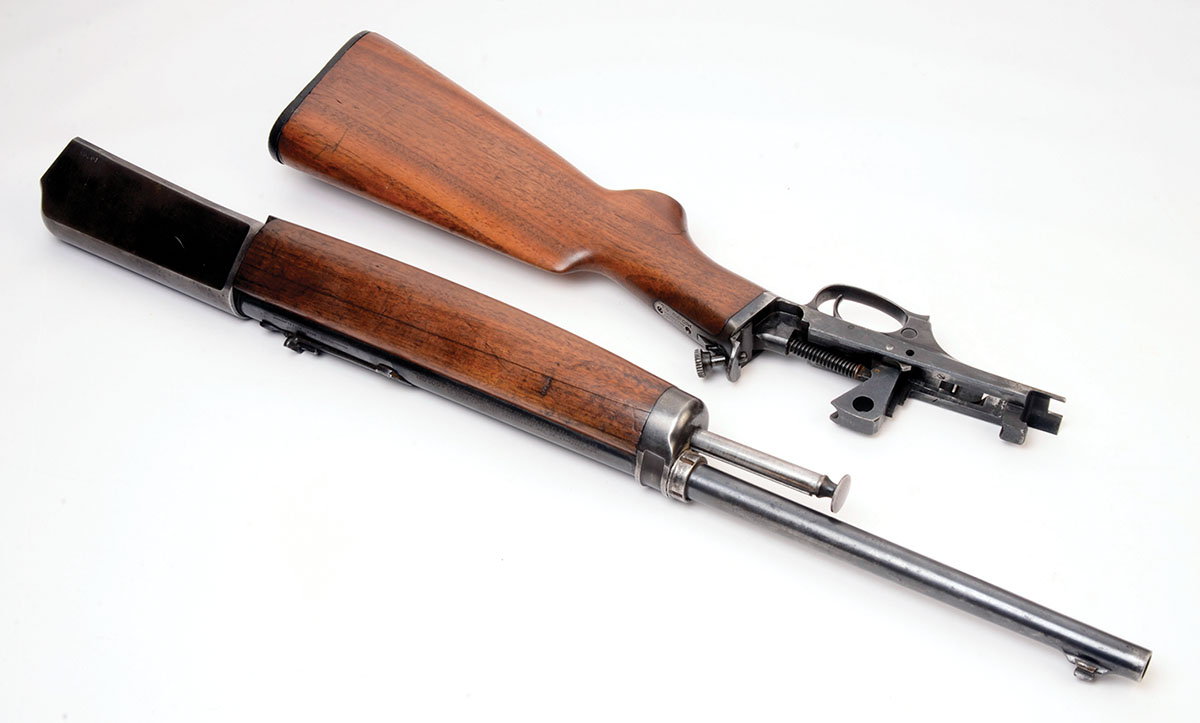
The magazine capacity for the first three WSLs was either five or 10 rounds. Only four-round magazines were offered by Winchester for 401. The barrel length for the 32 WSL was 22 inches but for the other three WSL cartridges, the length was reduced to 20 inches. Model 1905s nominally weighed 7½ pounds but 351s were cataloged as one-quarter pound heavier and the Model 1910 was just over 8 pounds. Interestingly, with an overall length of 38.5 inches (2 inches more for the 32 WSL), these rifles could almost be termed carbines.

Sight options varied but it seems most of the Model 1905s/1907s were shipped with ordinary Winchester open rear sights with a notched slider for elevation changes. As was normal for Winchester Repeating Arms at that era, custom options up to and including engraving were available. Most of the WSLs were drilled and tapped in their tangs for peep sights. Front sights were on a ramp with interchangeable blades with the factory offering choices of brass, ivory, copper or silver for blades.
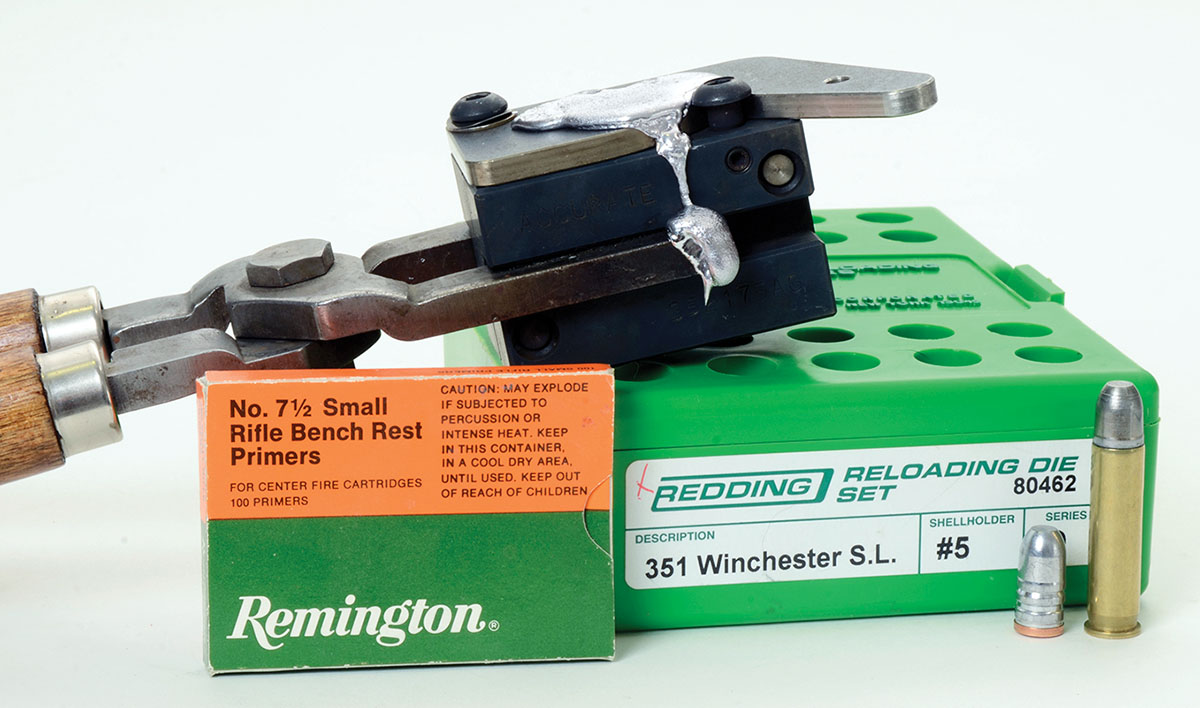
Winchester cut 32 WSL barrels to have groove diameters of .3205 inch, groove diameters for 35 and 351 WSLs were .351 inch, but for the 401 WSL, the groove diameter was .407 inch. Why then was it named 401? Because that was the barrels’ bore diameter.
Also, take note of the following. When Winchester was tasked in 1941 by the U.S. Army’s Ordnance Department to develop a new .30-caliber round for its Light Rifle Concept that segued into the M1 30 Carbine, it was the 32 WSL case which was redesigned as rimless with 1.29 inches length and taking 110-grain bullets.
Now, let’s move on to actual shooting with two WSLs. Freely admitting to never having knowingly seen a 32 or 35 WSL Model 1905, I do have experience with Models 1907 351 WSL and 1910 401 WSL. As a total stranger to this genre of semiautos, I searched out a near-pristine sample of the former and later a more worn version of the latter. A great help was a book titled Winchester Model 07 .351 Caliber by L. Specklin. That gentleman also forwarded to me a book titled The Forgotten Winchesters by John Henwood. Without those books, I couldn’t have written this article.
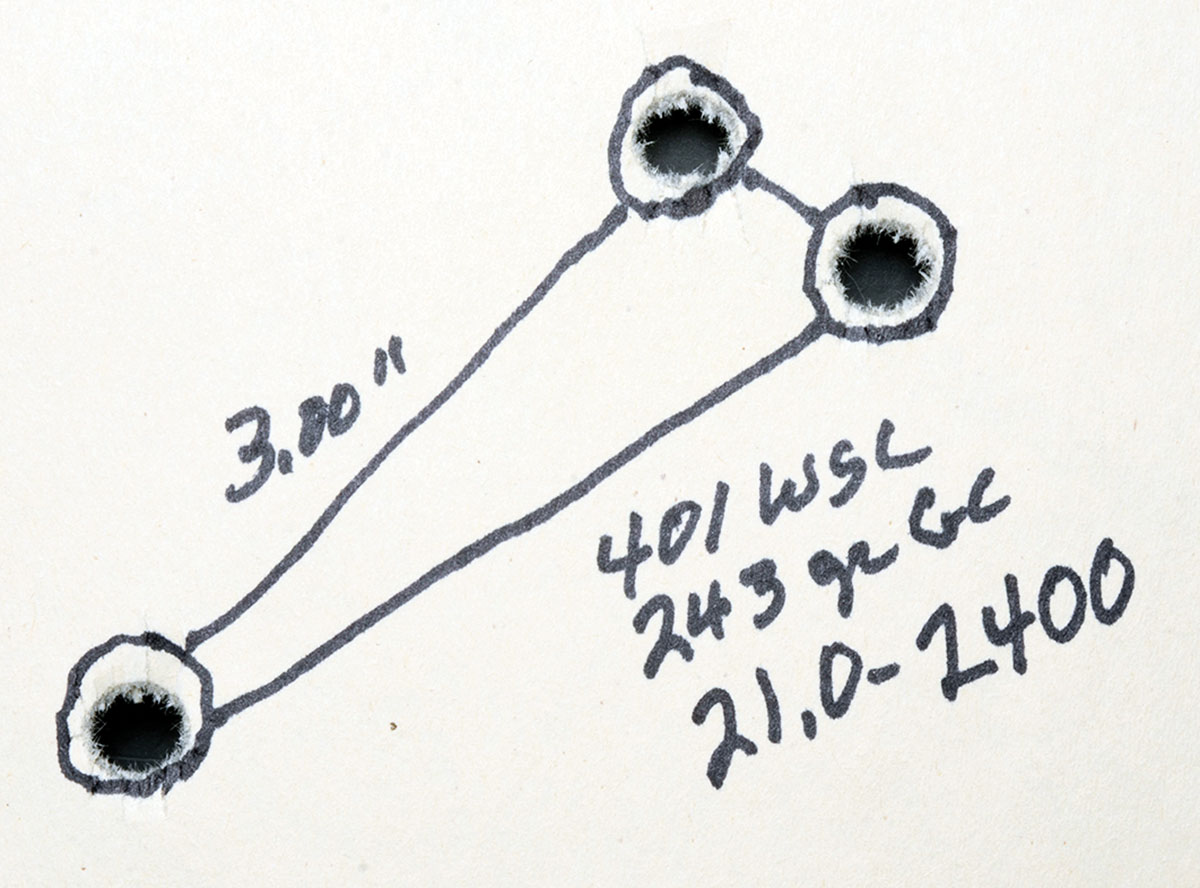
Whenever I need cases for obsolete calibers, I consult Buffalo Arms as they stock nigh-on everything (BuffaloArms.com). For 351 WSL they offer Bertram brass from Australia or their own reformed cases made from 357 Remington Maximum. The pickings are less for 401 WSL with only reformed cases from 7.62X39mm. Bullets can also be a problem. Buffalo Arms does offer custom swaged jacketed bullets for both rounds or there’s the option of bullet moulds. I had mine made by Accurate Molds (AccurateMolds.com) now of Centerville, Utah. For the 351, my order was for 170-grain RN/FP cut for 38/357 gas checks. Regarding the 401, I got adventurous; ordering a 240-grain RN/FP and 200-grain RN/FP with the first cut for gas checks and the latter as a plain base.
The cast bullet lube/sizing die for the 401 was simple as its rifles’ groove diameters are nominal .407 inch, so my .408-inch die worked well. However, that .351-inch groove diameter for Model 1907s is truly odd. Again, Buffalo Arms came to the rescue with a custom .352-inch sizing/lube die. I do admit that sizing 38/357 gas checks to .352 inch required a little force. Likewise, using standard 40-caliber gas checks with the Accurate Mold bullets was a flop. They fell right off after leaving the lube/sizing die. However, some 416 gas checks by Hornady were on hand and worked – again some force was required in starting them into the die. Worthy of mention is that both 351 and 401 WSLs use semi-rimmed cases so crimping bullets is possible and a very good idea.
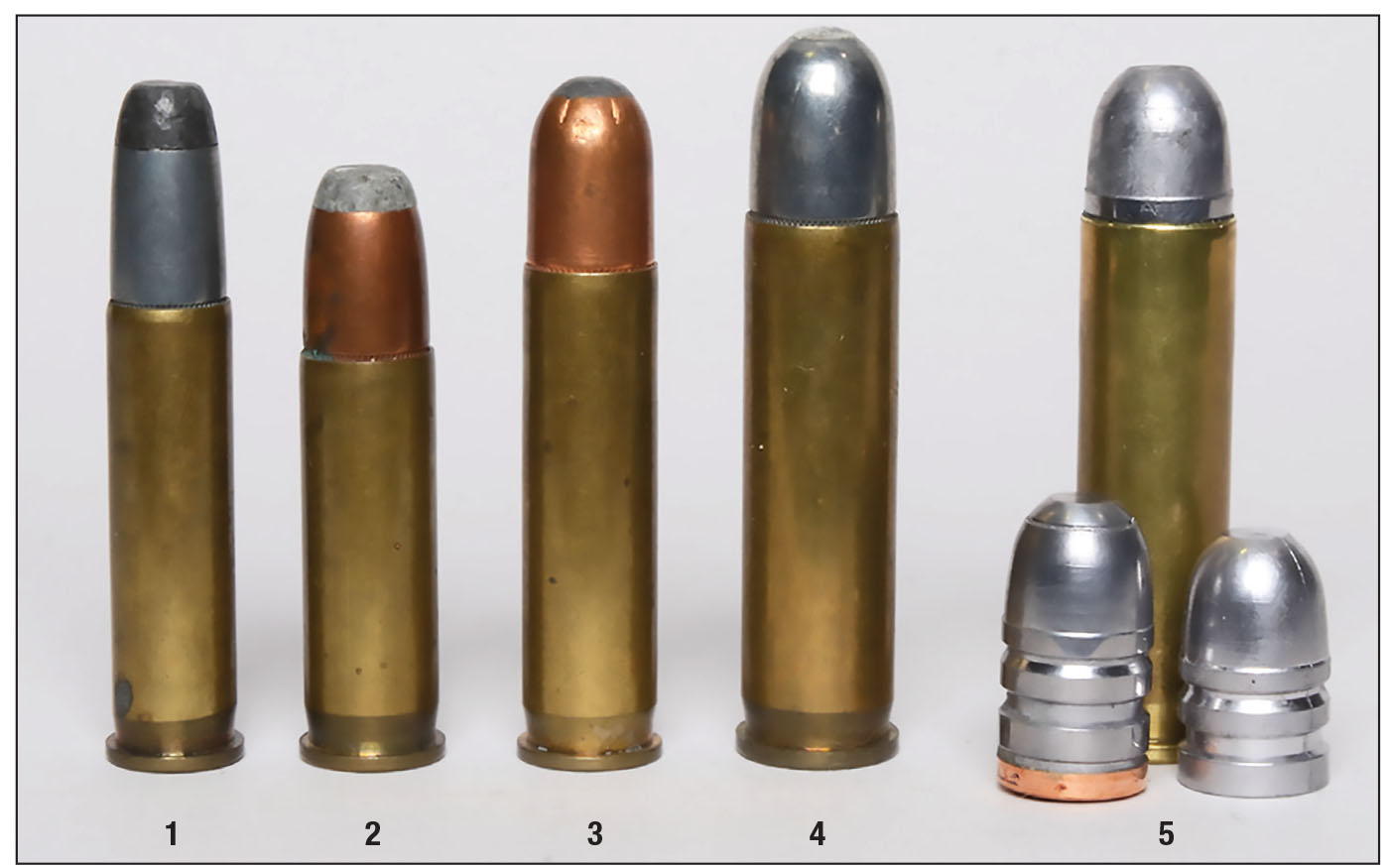
Finding a box of 351 WSL factory loads among my collector friends was not difficult, but expensive. However, there was little luck finding 401 WSL factory ammunition. Finally, seven cartridges were rounded up. One was set aside for photography, two actually fired and four had dead primers.
To the best of my knowledge, no other rifle types were chambered for any of the WSL cartridges. Winchester Models 1905, 1907 and 1910 are at best footnotes in the history of semiauto rifles, but interesting ones, nonetheless.


